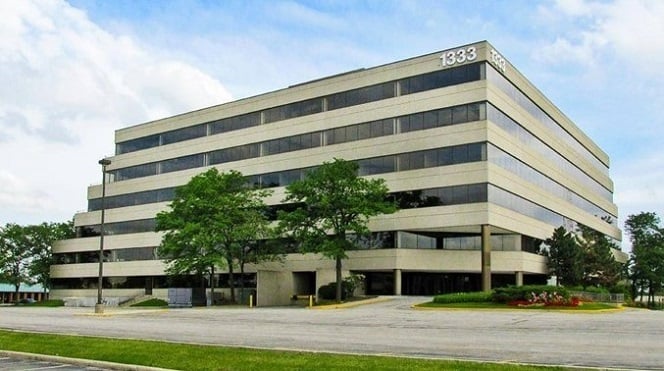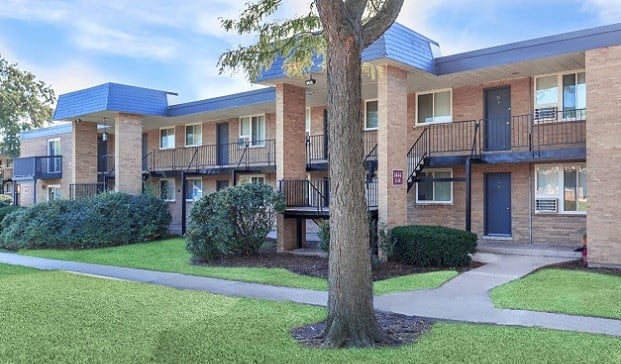DALLAS—A harsh winter in many regions of the US couldn't put the freeze on multifamily rent growth during the first quarter, according to reports from locally based Axiometrics and Phoenix-based Yardi. Axiometrics says annual effective rent growth nationally reached 5.0% or better for February and March, the first such two-month streak since the summer of 2011. For April, rents grew 4.3% year-over-year across the 84 markets tracked by Yardi, led by San Francisco, Portland, Denver and Seattle.
Over the past six months, rents have risen 0.7% nationally, says Yardi, citing a harsh winter that may have delayed some from moving into apartments and put a damper on rent growth in cold-weather climates. On a six-month moving average basis, rents increased by 4.4%, which compares favorably to 2.8% for the year-earlier period.
Evidence of the winter's effects on the sector, as well as signs that these fefects are diminishing, appears in Axiometrics figures. The firm notes that following a five-month streak of decreases, the national occupancy rate for March was 94.9%. That's a 21-basis point increase from February's 94.7% and 36 bps above March 2014's 94.6%.
“Now that the winter weather has subsided, people have started moving into new apartments,” says Stephanie McCleskey, VP of research at Axiometrics. “And, again, lots of jobs were created in January and February, so the newly hired were able to move away from their parents' homes or decouple from a roommate.”
She adds that rent growth in March reflected “the strong job gains of January and February. Looking forward, we will be interested to see if the poor March jobs report affects the apartment market in the second quarter.”
Within the major markets surveyed by the Yardi Matrix monthly survey, job growth remains robust. In 23 of the 31 metros surveyed, the six-month moving average job growth exceeded the rate of multifamily completions as a percentage of supply over the 12 months that ended in April. The upshot, Yardi says, is that demand is expected to remain strong, which should produce solid absorption in most markets despite the rate of growth in supply.
San Francisco, Seattle and Denver are among the markets in which supply growth equals or exceeds the rate of job growth. However, Yardi says, pent-up demand and in-migration is good enough that none of these markets should have any problem filling new units. Markets in which job growth is far in excess of supply growth include: Atlanta, Inland Empire, Las Vegas and Sacramento. At the other end of the spectrum are Washington, DC, the Research Triangle in North Carolina and Chicago.
Across the US, apartment REITs posted especially strong metrics during March, says Axiometrics. The 12 publicly traded multifamily trusts recorded combined average effective rent growth of 6.1%, some 108 bps above the overall national figure. The average monthly rent at REIT properties nationwide was $1,681, some $494 higher than the overall average.
“The REITs perform well because their properties tend to be located in the strongest markets, they are well managed and many of the properties are Class A or B+,” says McCleskey. “Investors and managers would be wise to emulate their strategies when possible.”
© Touchpoint Markets, All Rights Reserved. Request academic re-use from www.copyright.com. All other uses, submit a request to [email protected]. For more inforrmation visit Asset & Logo Licensing.







